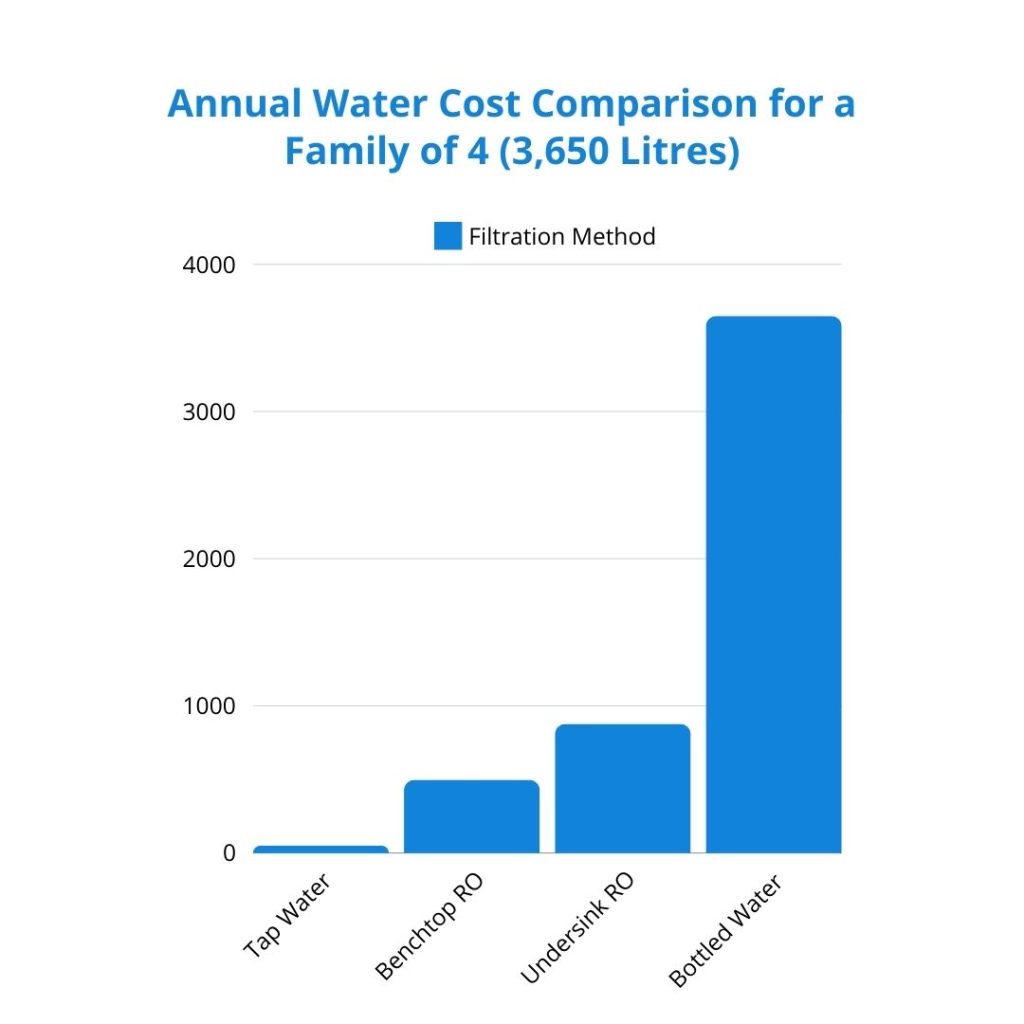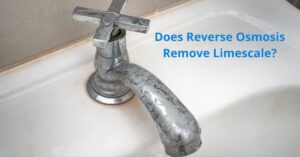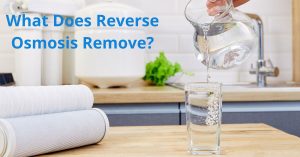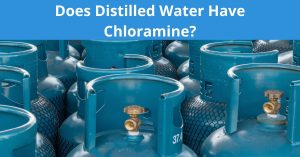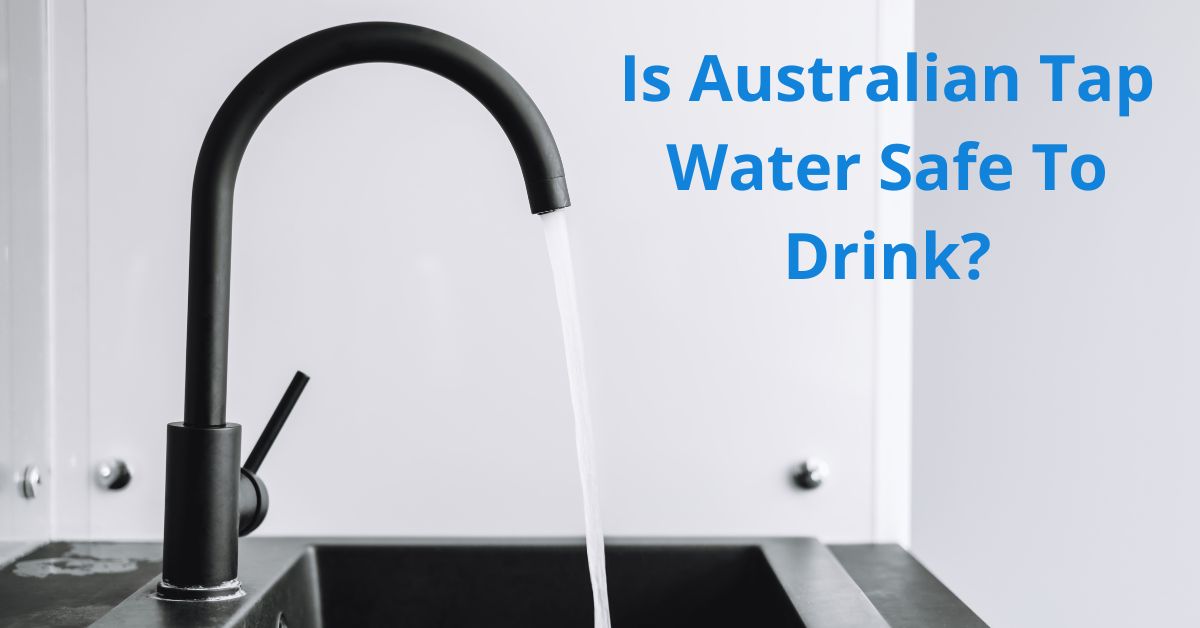
Is Australian Tap Water Safe To Drink?
As an Aussie who’s always been health-conscious, I’ve recently found myself pondering a question that many of us take for granted: Is our tap water really as safe as we think it is? With recent studies and growing concerns about various contaminants, it’s a topic worth exploring. We’ll examine our tap water and what we can do about it.
How Clean is Australian Tap Water?
Australia has long prided itself on having some of the cleanest and safest drinking water in the world. Our water utilities work hard to ensure that the water reaching our homes meets the Australian Drinking Water Guidelines. However, recent research has raised some concerns that are worth our attention.
The PFAS Problem
A new study led by UNSW Sydney has revealed some startling information about our global source water for drinking. The research shows that many water sources have high levels of PFAS, or ‘forever chemicals’, often exceeding safe drinking limits. This is particularly concerning because PFAS are known for their persistence in the environment and potential health risks.
But what exactly are PFAS? They’re a group of man-made chemicals used in various industries and consumer products, from non-stick cookware to firefighting foam. The problem is that these chemicals don’t break down easily in the environment or our bodies, hence the nickname ‘forever chemicals’.
While Australian water authorities do test for and treat PFAS, this new research suggests that the problem might be more widespread than previously thought. It’s a reminder that even in a country with high water quality standards, we need to stay vigilant.
Other Contaminants to consider
PFAS aren’t the only contaminants we need to be aware of in our tap water. Here are a few other contaminants that have recently garnered attention:
Microplastics: These tiny plastic particles are increasingly being found in water sources worldwide, including in Australia. We are still studying the health impacts, but we certainly don’t want these tiny plastic particles in our drinking water.
Chlorine: Chlorine is used to disinfect our water and kill harmful bacteria, but some people are sensitive to its taste and smell. In high concentrations, it can also potentially form harmful byproducts.
Pesticides and Herbicides: These can leach into water sources from agricultural runoff. While water treatment processes aim to remove these, trace amounts can sometimes remain.
Heavy Metals: Depending on your location and the condition of water pipes, contaminants like lead can sometimes be a concern.
Pharmaceuticals: Trace amounts of medications can find their way into our water sources, though the health impacts of this are still being studied.
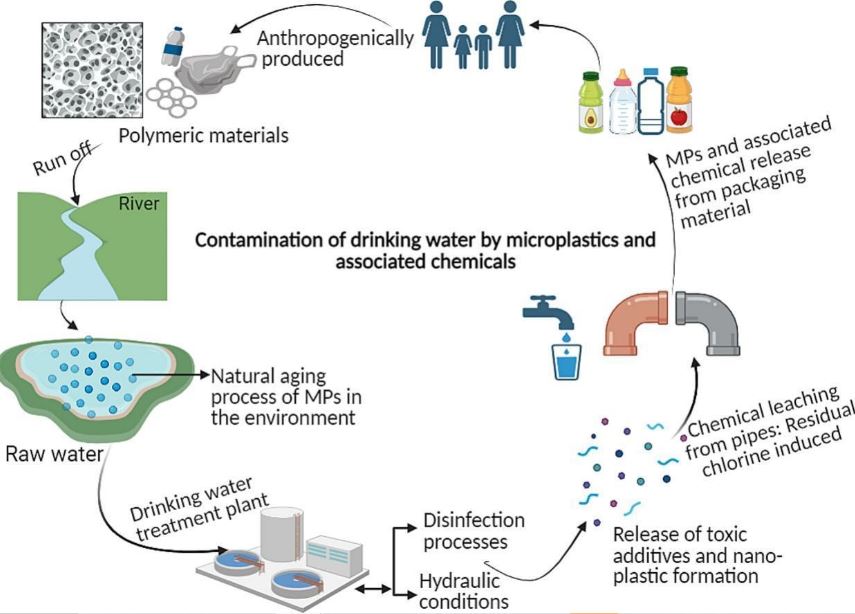
Source: Science Direct (https://www.sciencedirect.com/science/article/abs/pii/S0048969723082244)
So, Is Our Tap Water Safe?
The short answer is: generally, yes. Australian tap water is still considered safe by international standards. However, these emerging concerns about PFAS and other contaminants suggest that there’s room for improvement. More importantly, they highlight the need for us to take additional precautions if we want to ensure the absolute best quality water for ourselves and our families.
Taking Control of Your Water Quality
Water Filtration for Tap Water is one of the easiest ways to improve your water quality at home. There are various options available, from simple benchtop filters to more advanced systems:
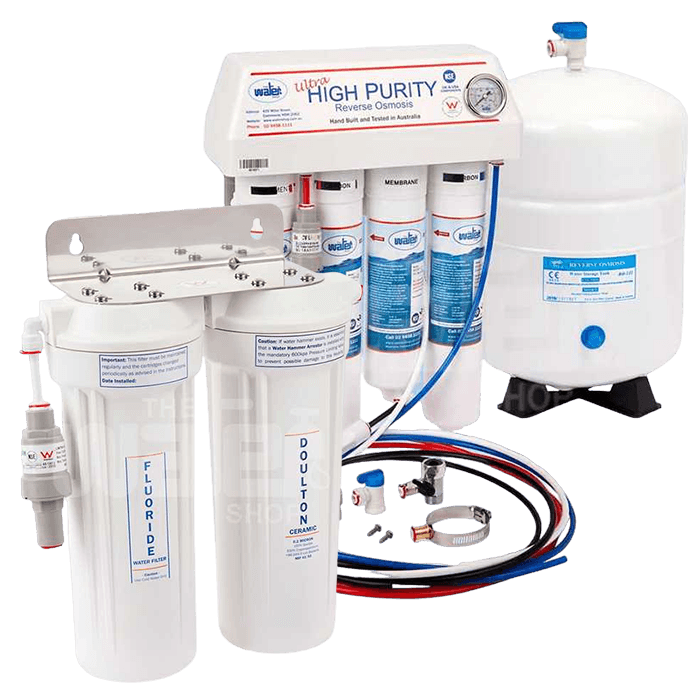
Reverse Osmosis: This is one of the most effective methods for removing a wide range of contaminants, including PFAS. A reverse osmosis system can remove up to 99% of dissolved contaminants from your water.
PFAS Water Filters: If you’re particularly concerned about PFAS, there are filters specifically designed to target these chemicals.
Under Sink Water Purifier: These systems are installed under your sink and can provide high-quality filtered water directly from your tap.
Countertop Water Filter: If you’re renting or don’t want to install a permanent system, a countertop water filter can be a great option. Many of these are highly effective at removing various contaminants.
My Personal Approach
After thorough research I decided invested in a reverse osmosis system, which gives me peace of mind knowing that I’m removing a wide range of potential contaminants from our drinking water. The money we’ve saved on bottled water and the reduction in plastic waste have offset the initial cost!
For times when I’m out and about, I’ve started carrying a reusable water bottle with a built-in filter. It’s a small step, but it helps ensure that I always have access to clean water, no matter where I am.
Final Thoughts
Despite the general safety of Australian tap water, the recent UNSW study on PFAS levels serves as a stark reminder. This underscores the importance of maintaining our water quality. By staying informed and taking proactive steps like using water filtration systems, we can ensure that the water we’re drinking is as clean and safe as possible.
Clean water is not just about taste—it’s about long-term health for ourselves, our families, and our environment. So next time you turn on the tap, think about what might be in your water and consider if it’s time to take that extra step for cleaner, safer hydration.


